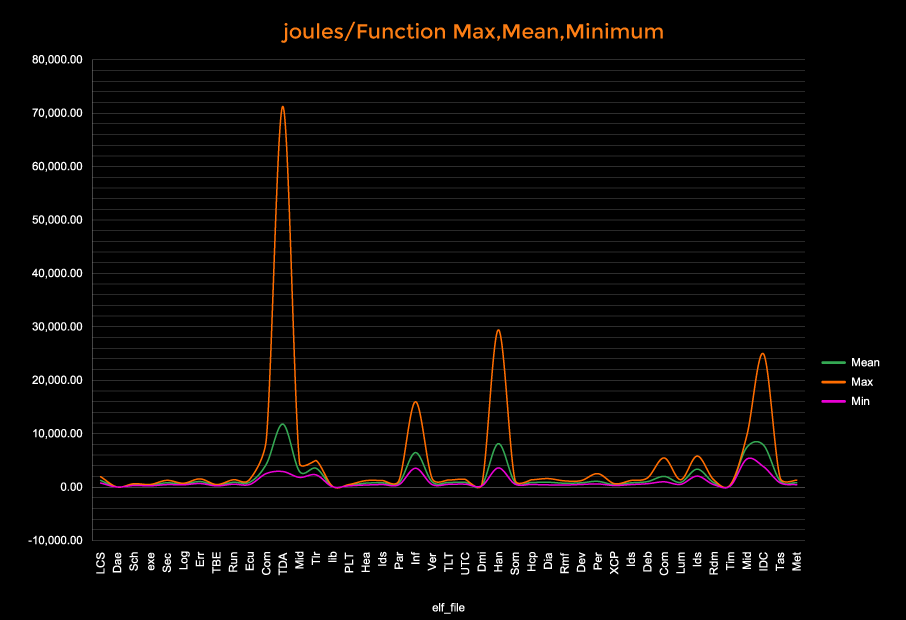Overview
The OEM, renowned for its focus on innovation and performance, has faced several challenges with its Advanced Driver Assistance Systems (ADAS).
The system runs on an NXP S32G device featuring an ARM Cortex A53 and M7 with YOCTO and QNX operating systems. This system is critical for OEM’s ADAS functionality, integrating applications and services provided by multiple Tier-1 suppliers, including TTTech and Mobileye.
However, the limitations of source code access and prolonged testing cycles have created a significant bottleneck for the OEM’s development and troubleshooting processes.
Key Challenge
The OEM’s ADAS team faced difficulty in pinpointing performance issues within the system due to the following constraints:
- Lack of Source Code: The OEM had only access to BIN files, not the source code, which made troubleshooting harder.
- Long Test Cycles: Each test cycle lasts about 6 days, impacting the efficiency and turnaround time for identifying and addressing issues.
- Complex Issue Isolation: Narrowing down problems was challenging, and the team struggled to identify the root cause due to limited visibility into the underlying code and component interactions.
- Accountability of Suppliers: Multiple Tier-1 suppliers claimed their applications functioned as expected, but when the overall system experienced issues, the OEM found it difficult to isolate the cause.
- Middleware Supervision: TTTech, responsible for the middleware, must ensure real-time task completion, no delays, and no task starvation, but lacked the tools to monitor this effectively.
- Lack of Performance Metrics: Mobileye, responsible for core vision algorithms, had no visibility into the source code and couldn’t effectively debug performance bottlenecks.
Objective
To enhance visibility and diagnostic capability within the ADAS system, the OEM sought a solution to provide:
- System-wide monitoring and visibility for identifying risky symbols and components.
- Performance degradation analysis to detect and address issues promptly.
- Coverage assessment for the ADAS System Test and identify risky components that may lead to failures due to a “butterfly effect.”
- Improved integration and adherence to OEM’s standards for ADAS systems across suppliers.
- Comprehensive Monitoring – Track energy consumption across all infrastructure components in real-time or static compiled BIN, ELF.
- Optimization Recommendations – AI-driven suggestions for reducing energy usage without compromising performance.
- Sustainability Reporting – Generate detailed reports to support corporate sustainability initiatives and compliance.

Solution | LOCI Implementation
LOCI was introduced to address these challenges by leveraging advanced analytics and monitoring tools. With LOCI, the OEM could now:
- Gain Symbolic Insights: Although they only have access to BIN files, LOCI provides symbol-level visibility. The OEM could monitor changes in risky symbols and understand how these changes impact other symbols through behavioral analysis.
- Identify Risky Symbols: LOCI highlighted symbols that, if altered, could have cascading effects (“butterfly effect”) on other symbols. This was crucial for assessing which areas might cause performance degradation and require further testing.
- Improve System Coverage: With full system visibility, the OEM could understand the test coverage and ensure that all key areas were monitored, helping the OEM verify the system’s resilience and avoid potential risks in the ADAS environment.
- Real-time Task Monitoring: TTTech could leverage LOCI to monitor tasks’ completion times, ensuring real-time KPIs were met without delays or task starvation. LOCI could verify that the middleware operated under OEM’s ADAS standards and provided accurate task completion reporting.
- Enhanced Performance Insights: Mobileye, despite not having source code access, could now observe performance metrics and pinpoint potential performance issues within their vision algorithms. This enabled them to narrow down issues and collaborate more effectively with OEM and TTTech.
Outcome and Benefits
Through LOCI’s capabilities, the OEM achieved:
- Reduced Test Times: The OEM has shortened its test cycle from 6 to 3.4 days (42%) by identifying and isolating issues faster, allowing quicker iterations and fixes.
- Enhanced System Test Coverage: The OEM now clearly understood the ADAS system test coverage, ensuring a more robust and reliable ADAS system.
- Proactive Risk Mitigation: With insights into risky symbols and their potential effects, the OEM cloud anticipates issues before they affect the system’s performance, leading to fewer disruptions.
- Better Supplier Collaboration: With precise, symbol-level data, the OEM cloud now holds its suppliers accountable and fosters collaborative problem-solving with improved transparency across the entire supply chain.
Conclusion
LOCI has empowered the OEM to optimize its ADAS system development by providing unprecedented visibility and diagnostic capabilities. With faster testing cycles, better system monitoring, and enhanced collaboration with Tier-1 suppliers, the OEM was better equipped to maintain its commitment to safety, innovation, and performance and meet its SOP and budget targets.